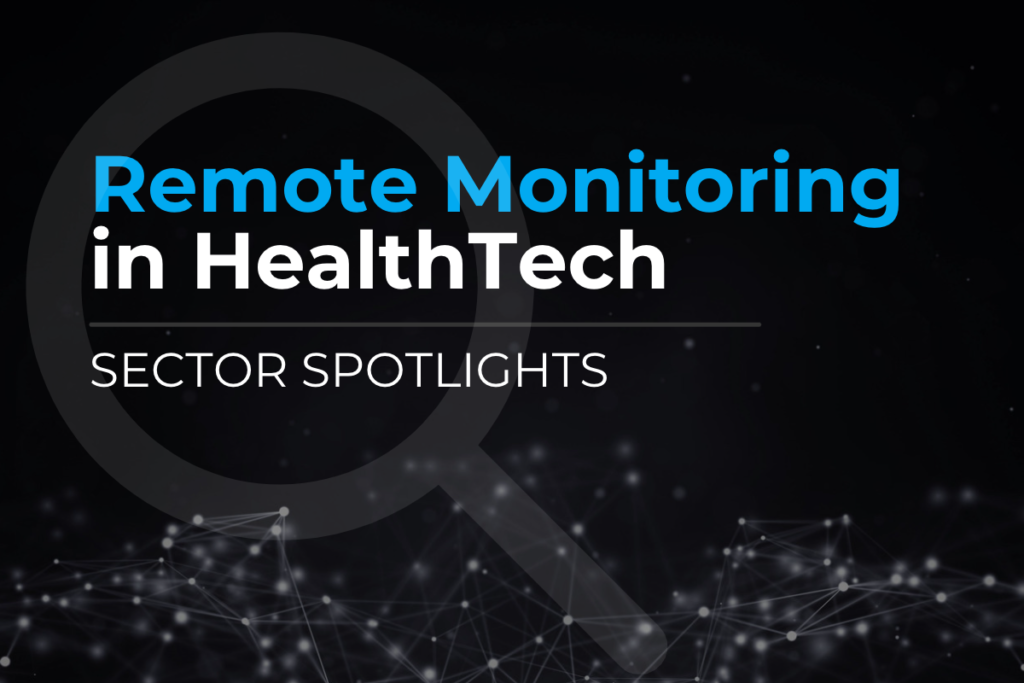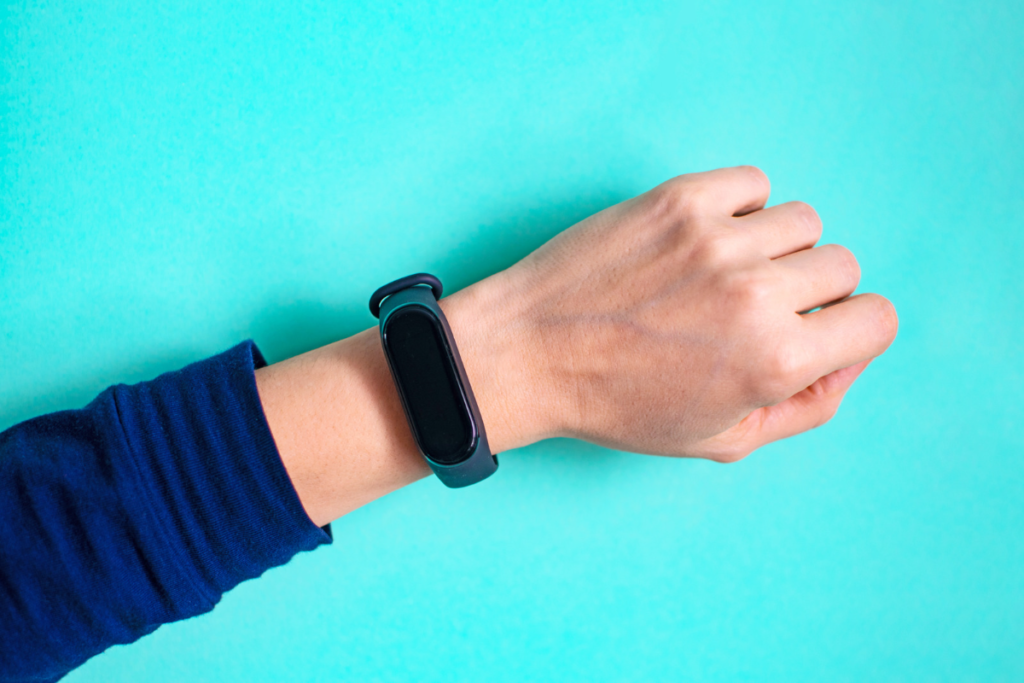
Healthtech is a rapidly growing industry, and remote monitoring is a significant area of innovation. Remote monitoring involves the use of technology to track patients’ health conditions, providing real-time information to healthcare providers. In this article, we will discuss the basics and benefits of remote monitoring in Healthtech.
What is Remote Monitoring?
Remote monitoring involves the use of various technological devices, such as wearable sensors, to track patients’ vital signs and other health data. This data is transmitted to healthcare providers, who can then use it to monitor patients’ health status, identify potential problems, and adjust treatment plans as necessary. The goal of remote monitoring is to provide patients with continuous, high-quality care while reducing the need for in-person visits and hospitalisations.
What are the Benefits of Remote Monitoring?
Remote monitoring has several benefits for patients, healthcare providers, and the healthcare system as a whole. Some of the significant benefits of remote monitoring include:
- Improved patient outcomes: Remote monitoring enables healthcare providers to track patients’ health status continuously, enabling early detection and intervention of potential health problems, leading to improved patient outcomes.
- Reduced hospitalisations: Remote monitoring helps reduce hospitalisations by allowing healthcare providers to monitor patients’ conditions from a distance, providing timely interventions and preventing hospitalisation.
- Increased efficiency: Remote monitoring saves time and resources by enabling healthcare providers to manage more patients remotely. It also reduces the number of in-person visits, reducing the workload on healthcare facilities.
- Better patient experience: Remote monitoring allows patients to receive high-quality care from the comfort of their homes, reducing the stress and inconvenience of frequent hospital visits.
Examples of Remote Monitoring in Healthcare
Remote monitoring is being used in various healthcare settings, from primary care to specialised hospitals. Some examples of remote monitoring in healthcare include:
- Wearable sensors: Wearable sensors, such as Fitbits and smartwatches, can track patients’ vital signs, activity levels, and other health data, providing real-time information to healthcare providers.
- Telehealth: Telehealth, such as DrDoctor and Babylon Health, enables healthcare providers to communicate with patients remotely, providing consultations, diagnoses, and treatment plans via video conferencing and other digital platforms.
- Remote patient monitoring systems: Remote patient monitoring systems, such as Lilli and Inhealthcare, use sensors and other technologies to track patients’ health data, which is transmitted to healthcare providers for analysis and intervention.
Current Challenges and Future Developments
Despite its many benefits, remote monitoring also faces several challenges, such as the need for adequate infrastructure and data security. Additionally, some patients may not be comfortable using new technologies, or they may not have access to them, limiting the widespread adoption of remote monitoring.
However, with the ongoing development of new technologies and the increasing need for remote care, remote monitoring is poised to become a significant area of innovation in healthcare. Future developments in remote monitoring may include the use of artificial intelligence and machine learning to analyse patient data and predict health outcomes.
In Summary
Remote monitoring is an essential area of healthtech, enabling healthcare providers to monitor patients’ health status continuously and intervene early when necessary. It has several benefits, including improved patient outcomes, reduced hospitalisations, and increased efficiency.
SciQ is a specialist HealthTech recruitment company, working with leading HealthTech organisations. If you’re interested in a career in HealthTech, contact us to learn more.



